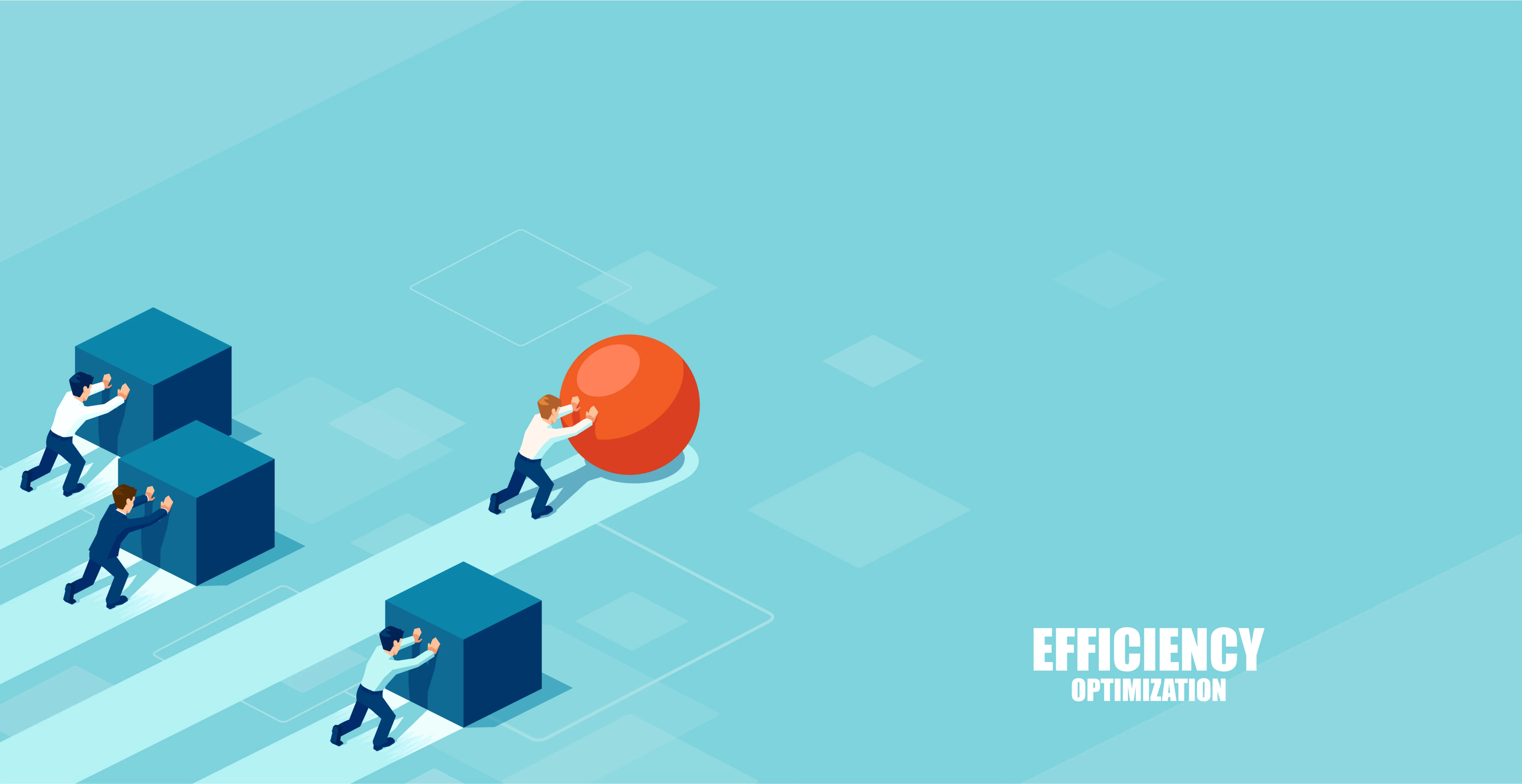How to execute a 5 year strategy on server efficiency
Rich Kenny | Feb. 1, 2021

A large managed service provider in Northern England recently carried out a snapshot report on the energy efficiency of their server estate. The initial report gave some interesting data on energy and space savings opportunities within the data centre as an indication on the size and scope of possible cost savings, through operational and energy costs with associated carbon reductions.
It suggested the overall server estate could be reduced by up to 80%, with a near 4.5m kWh energy reduction over five years and a £1,150,000 return.
We all know that replacing an entire server estate in this way is unrealistic. So the next phase was to highlight immediate changes with high impact results, which would form part of a wider 5 year refresh strategy. We used the Interact tool to zero in on the 10% worst performing servers within the data centre to identify action points and calculate the immediate and long-term benefits to the organisation. The tool identified 77 servers, manufactured between 2009-2016, which were performing poorly on energy use, with a combined energy consumption of a quarter of a million kWh per year.
The results were startling.
Interact was also able to demonstrate a 71% reduction in energy and associated carbon by switching over from the current infrastructure. This translated to 809,823 kWh of energy and 240,315kg CO2e. I always find these measurements a bit abstract, so as an indicator… 809,823 kWh is roughly enough energy to power 219 UK homes for a year; 240,315 kg is roughly the same weight as two killer whales. We are not talking about insignificant figures. More interesting to the CIO was the cost savings the suggested changeover represented.
Over five years, the suggested solution was 70% cheaper than continuing with the current infrastructure. Reduced energy costs, M&E energy costs, maintenance and rack savings represented over £200,000, and that was even factoring in the cost of the replacement machines. There was an additional financial benefit on the 83% reduction on the number of servers.
Current growth levels were suggesting the organisation might have to acquire more building space. This report demonstrated they may not have to. Interact demonstrated that every month the data centre chose not to replace the inefficient servers, it was losing money.
Comparing the monthly savings from the existing servers to the replacement models, transferring to the suggested option would pay back the cost of procurement within four months.
The data centre was also wasting energy and carbon for every month that it continued using the existing, less energy efficient servers. Energy loss was around 14,849 kWh (enough to power 4 average UK homes for a year). Excess carbon emissions were around 3,800 kg (roughly 2 giraffes). Better yet, the suggested solution was a refurbished model, meaning that there was minimum supply chain carbon in replacing the infrastructure. Estimated embodied carbon savings as a result were 11,986kg CO2e. (It’s not an exact science but roughly the same as two African elephants.)
Whilst the figures presented here are particular to the customer’s facility (and, OK, I’ve been having a bit of fun with them), they do highlight an important issue.
When executing a 5 year refresh programme, it is important to carry out research into which machines are performing worst, what solutions are available on replacement, and what the exact cost and energy projections on this are. Too often, strategists operate a like for like transfer or – potentially worse – over provision with IT hardware that is good on paper but unsuitable for the workload of their facility. Understanding the server estate, measuring performance and comparing against a full vendor agnostic database of makes and models is essential for the bottom line and to reduce environmental impact.
